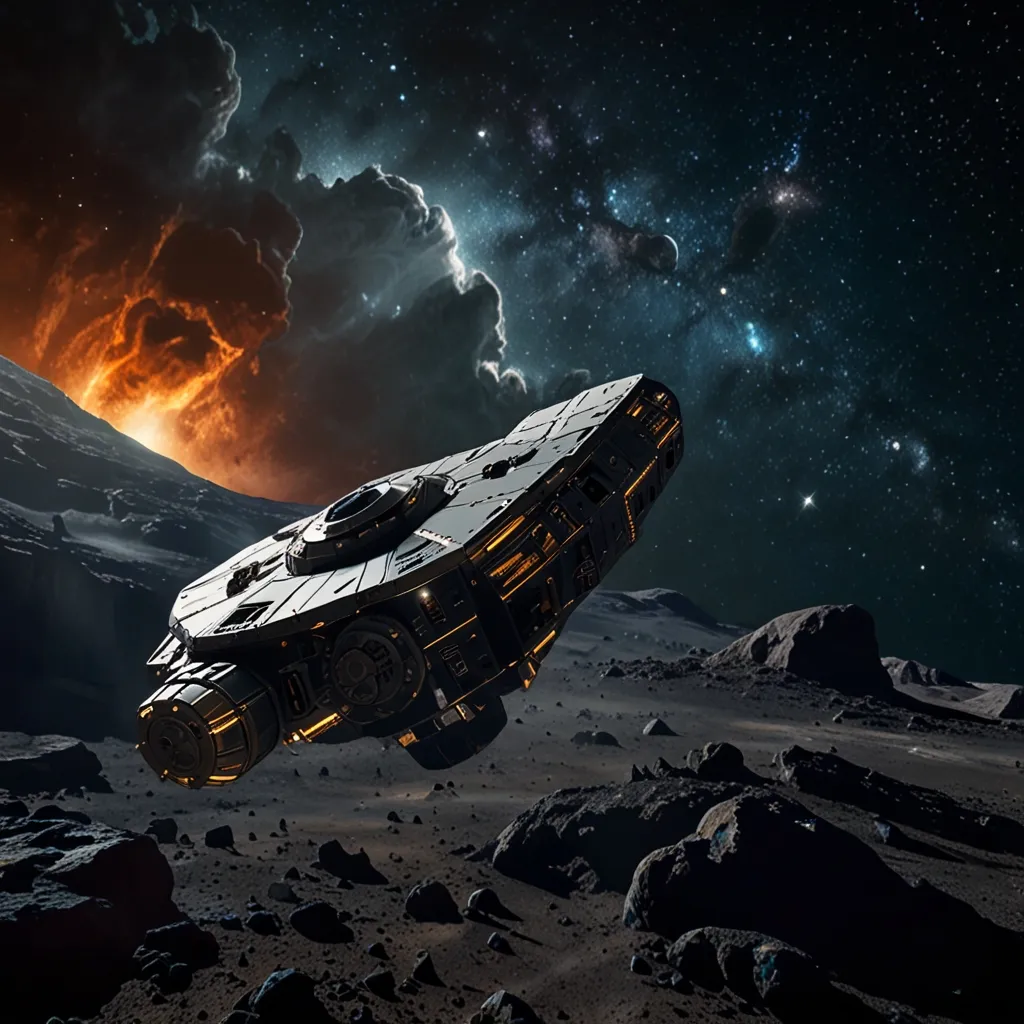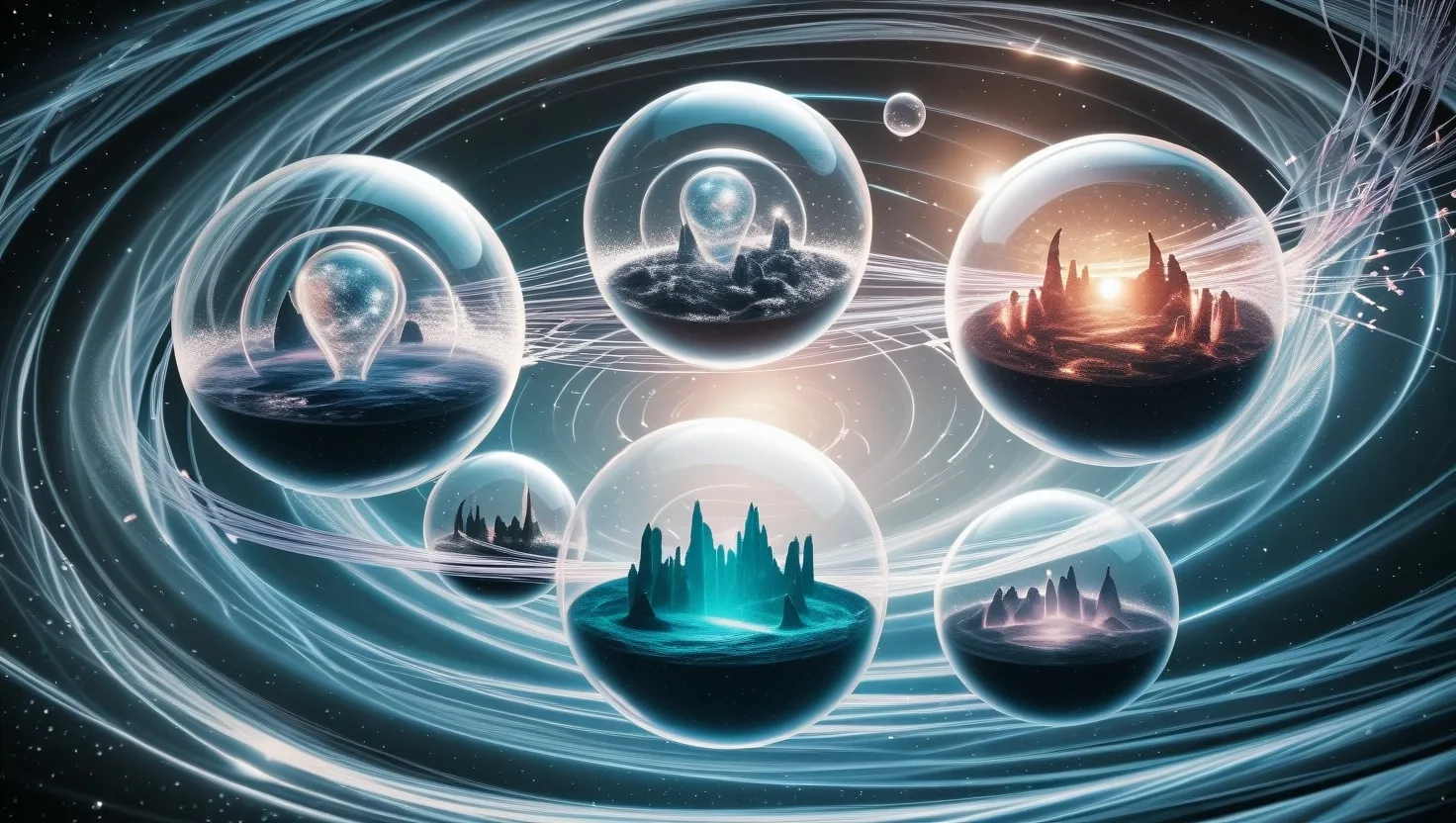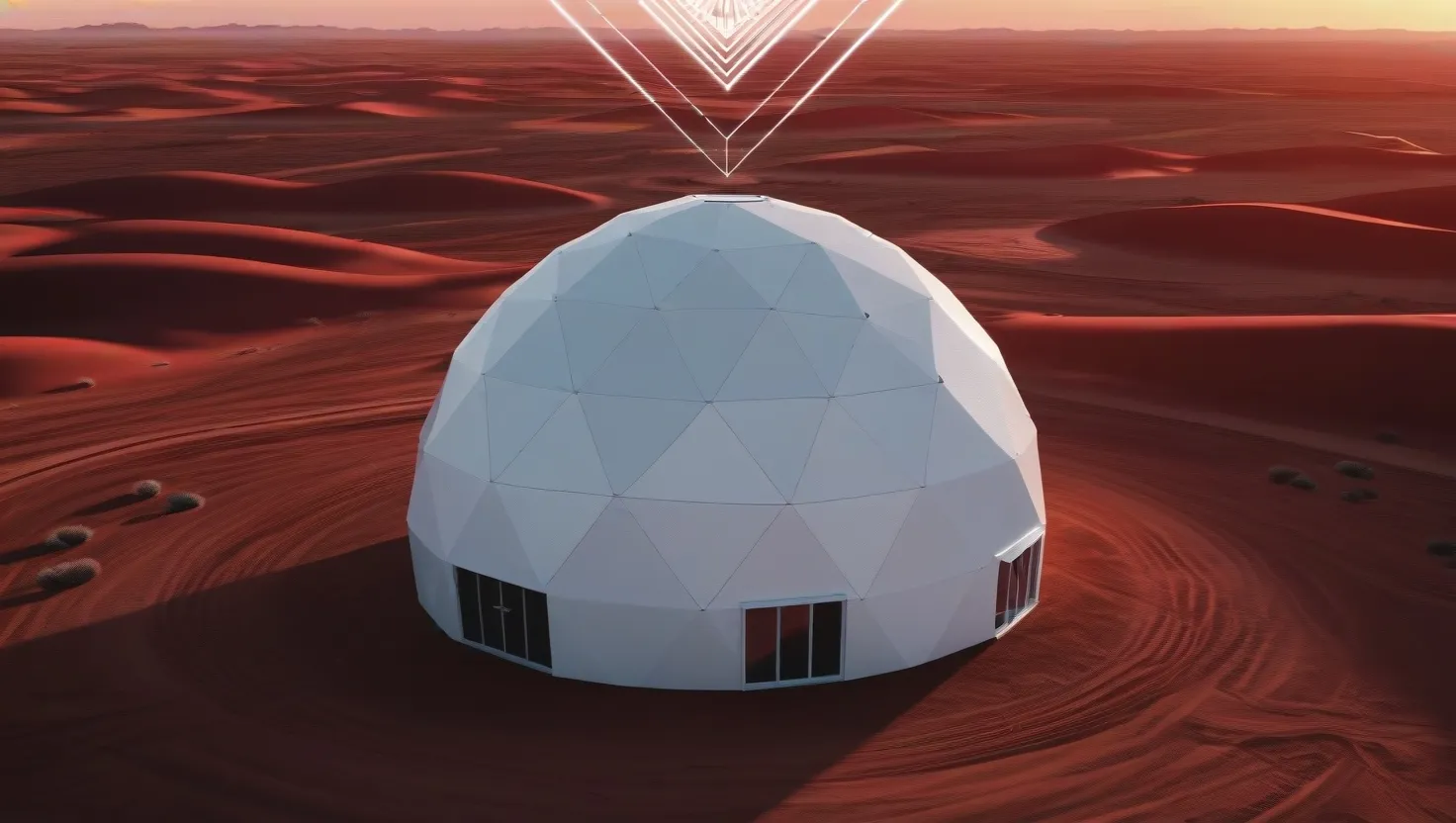Asteroid mining sounds like something straight out of a sci-fi movie, right? The idea that governments could be secretly mining asteroids for their precious resources is a theory that gets a lot of people buzzing. Even though there’s no solid proof backing up these claims, it’s a fun notion to explore.
A big reason people buy into these conspiracy theories is the secrecy and control often associated with government and corporate space missions. Folks think that these missions are more than just explorations and that hidden mining operations are already underway. Look no further than the missions launched by agencies in Japan and the U.S., where spacecraft are sent to poke around asteroids or even bring back samples. Companies like AstroForge and Trans Astronautica Corporation are also throwing their hats in the ring, which ramps up the speculation.
Why the fascination? Well, asteroids are basically gold mines in space. They’re loaded with metals like platinum, nickel, cobalt, and iron, which are super important for clean energy tech and electronics. Some asteroids could hold way more nickel than what’s found on Earth. Given the world’s push for cleaner energy, these resources are incredibly attractive.
Now, let’s talk money. The potential profits from asteroid mining are off the charts. It’s estimated that mining just the ten most cost-effective asteroids could net around $1.5 trillion. Then there’s asteroid 16 Psyche, bursting with gold worth $700 quintillion. That’s enough for each person on Earth to get a whopping $93 billion. No wonder some people think governments and companies might be keeping this all hush-hush.
But here’s the deal: asteroid mining is way more complicated than these theories suggest. The tech needed is still pretty rudimentary, and there are a ton of hurdles to overcome before any real mining can start. Extracting minerals from space rocks involves advanced robotics and sophisticated propulsion systems, stuff that’s still in the works.
On the bright side, asteroid mining could dodge some of the environmental messes we get from traditional mining on Earth. We’re talking less water usage and avoiding toxic chemicals messing up our waterways. This makes it a greener way to get our hands on precious resources.
Despite the challenges, companies like AstroForge are making strides. They’re zeroing in on metallic asteroids, rich in platinum-group metals, aiming to bring back refined material to Earth by the end of the decade. This makes smart business sense and utilizes existing technology to turn a profit.
The future of asteroid mining looks exciting but is still a bit of a wild card. While secret government ops remain in the realm of speculation, the undeniable potential of this industry keeps the dream alive. As technology improves and costs drop, we might see space-based resource extraction take off, changing how we gather essential metals.
In the end, the belief in a cover-up around asteroid mining is thrilling but mostly unfounded. Real progress is happening, driven by science and economic incentives, not cloak-and-dagger operations. As we push the boundaries of space mining, who knows what opportunities might reveal themselves, revolutionizing our approach to resource extraction and sustainability.






